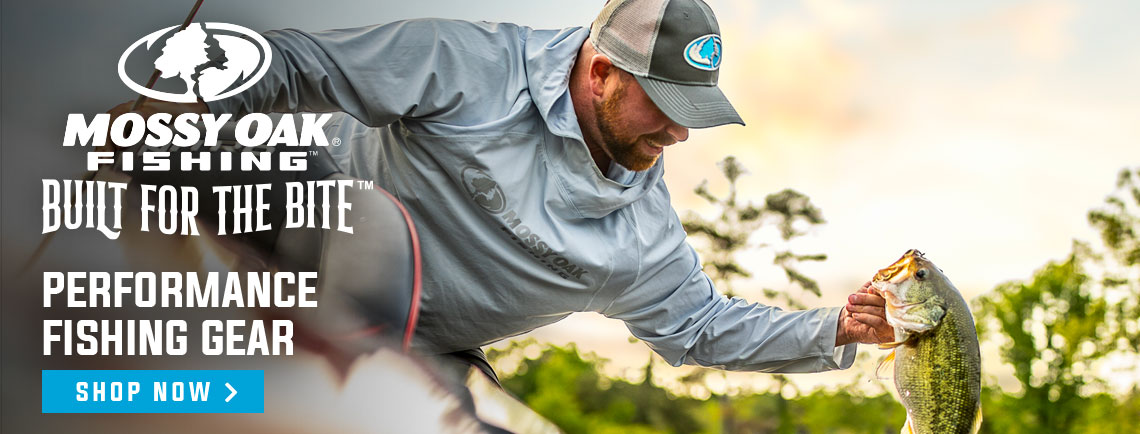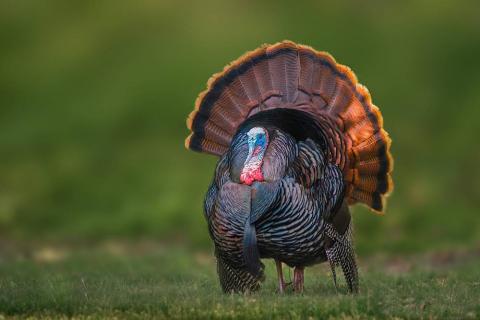Although carp was once considered a rough fish, inedible and poor prey for sports anglers, the angling community is gradually starting to appreciate the challenges that carp fishing provides. These fish exhibit many of the behaviors common to bass, which can test the skills of even veteran anglers.
Whether you are a beginner fisherman or looking to switch up your fishing game, here are a few handy tips to help you get started carp fishing and to increase your chances of scoring a strike.

Meet Your Prey: The Carp
Native to Europe and Asia, and introduced to the United States in the 1800s, the common carp is a long-standing staple food source for many communities.
This bottom feeder is a hardy fish, able to thrive in a variety of conditions, and it frequently populates lakes, rivers, and ponds. As the largest member of the minnow family, the carp is related to the goldfish, with a large rounded body, elongated dorsal fin, forked tail, and barbels around the mouth. Depending on the species and location of carp, their coloring can range from deep green to bright gold.
Carp reach approximately 30 inches in length and weigh 10-15 lbs. However, they have been known to reach between 20-30 lbs, and 60 lb. monsters are spotted on occasion.
Tips for Fishing Carp
Our seven simple tips can help you reel in these versatile fish:
1. Find the Perfect Location
Carp tend to stay in murky water, and they’re likely to spook easily when the water is clear. These fish also prefer warmer waters, so look along the shoreline, backwaters, and side channels for muddy water with dense vegetation. Carp spend most of their time feeding on insects among aquatic vegetation.
Early morning is the best time to spot carp. Look along river banks for the characteristic muddied water and wake from fish movement.
2. Choose the Right Bait
Carp are omnivorous and will eat plankton, insects, and larvae, as well as tender plant stems and river weeds, so baiting carp is relatively easy. Boilies are the go-to bait for most carp anglers. The scent of the fishmeal in the boilies drives carp wild. However, carp in frequently fished areas may associate boilies with danger and avoid that bait.
Fortunately, there is a cheaper and easier bait that carp always strike at: sweet corn. Canned sweet corn has the right combination of salty and sweet flavors that carp find irresistible, and corn kernels are easy to thread directly onto your hook, so you don’t need to mess around with a hair rig.
3. Set Up Your Rod and Reel
River fishing generally means short distance casting, so the ideal rod length is around 4-6 feet. This is a great length for fishing in tight spaces along shorelines and vegetation. For larger bodies of water, opt for an 8-10 ft rod for better long-distance casting.
The most popular reel for carp fishing is a bait-feeder spinning reel that operates with two drag systems. The Shimano Baitrunner is a favorite among regular carp anglers.
Monofilament line is suitable for carp fishing, as it sinks well in waters with a mild current. However, most anglers find that braided line is more durable and inelastic, which keeps you in contact with the fish better.
When it comes to catching carp, the heavier the test weight of the line, the better. Start with a 30 lb. test line and work your way up to heavier weights to find out which line allows you to apply the right amount of pressure.
4. Avoid Shiny Hooks
Carp have excellent eyesight, and the glare from a shiny hook can deter them from striking at your bait. Use camouflaged or dark hooks specific for carp fishing.

5. Use a Rod Pod
While carp are known to eat almost anything, they tend to be hesitant when feeding, and they spook easily. Slight tremors along your fishing line can alert a school of carp to your presence and ruin your chance of landing one.
A rod pod, or rod holder, can eliminate most of the movement in your line. Rod pods hold your rod at the precise angle you need, allowing the line to unspool with minimal resistance. You can also find pods for multiple rods, allowing you to set up a few rigs and increase your chances of a bite.
6. Chum the Water
Chumming the water is a time-honored way for anglers to draw carp toward their hook. There are a multitude of ways to chum the water for carp, but the key for any luring method is to avoid feeding the fish too much. A carp with a full belly is unlikely to strike at your bait.
The simplest way to chum is to throw a couple of handfuls of whatever you are using as bait on top of the water where carp feed. If you are using boilies, you may need to crush them slightly for better distribution.
Another popular method is to use dissolvable or mesh PVA bags filled with chum attached to the rig and in the water. You can create your own pack bait using breadcrumbs, jello, and sweetcorn to hide your hook and bait and break. Pack bait breaks off slightly in the water to chum the area.
7. Try Bowfishing
Carp bowfishing is a great way to switch up your usual fishing routine and add an extra level of difficulty to your trip. Carp are one of the most popular fish for bowfishing enthusiasts because they stick to mid-level depths close to the river bank or lake shoreline where bowfishers can aim accurately. The best fishing areas are usually the hardest to access by boat, so you may need to wade into the water from the bank.
Bowfishing can be challenging for beginners. It requires dedication and practice to bowfish well, as learning to aim for fish relies on muscle memory and experience.

The once-maligned carp is now accepted as a thrilling challenge for many anglers, but there are a few skills to master to make the most of your carp fishing adventure. Make sure to fish the correct location around the river shallows and use a bait that carp can’t resist.




























